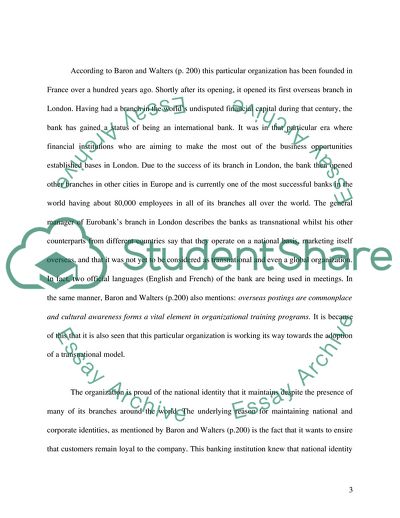Cite this document
(Cross Cultural Marketing in Eurobank Case Study, n.d.)
Cross Cultural Marketing in Eurobank Case Study. https://studentshare.org/marketing/1710778-cross-cultural-marketing
Cross Cultural Marketing in Eurobank Case Study. https://studentshare.org/marketing/1710778-cross-cultural-marketing
(Cross Cultural Marketing in Eurobank Case Study)
Cross Cultural Marketing in Eurobank Case Study. https://studentshare.org/marketing/1710778-cross-cultural-marketing.
Cross Cultural Marketing in Eurobank Case Study. https://studentshare.org/marketing/1710778-cross-cultural-marketing.
“Cross Cultural Marketing in Eurobank Case Study”. https://studentshare.org/marketing/1710778-cross-cultural-marketing.


